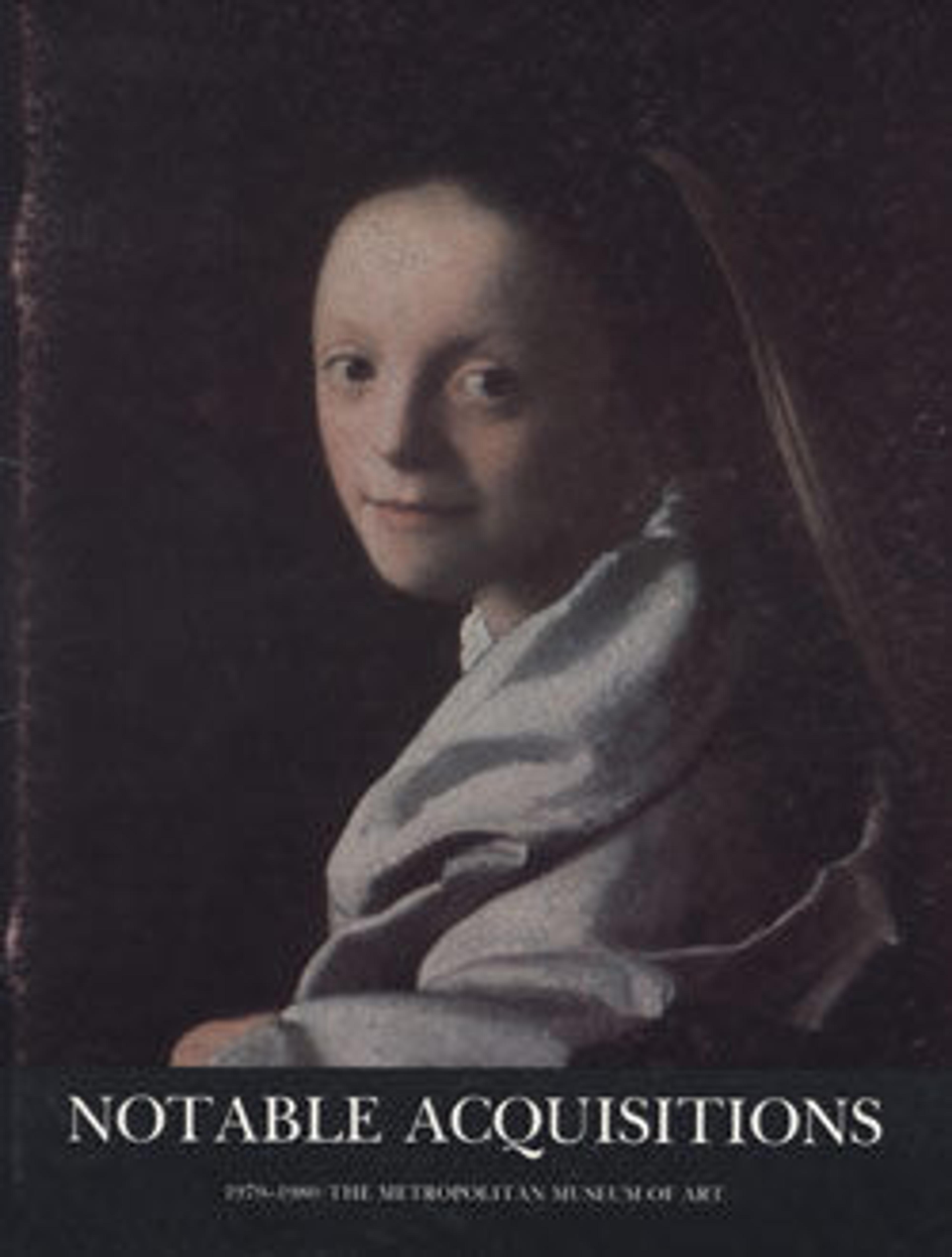Alexander Pope (1688–1744)
Joseph Nollekens, an extremely able portraitist, made a thriving business out of his sculpture. While learning his trade in Rome, Nollekens also dealt profitably in antiquities. It was in Rome in the year 1765–1766 that he modeled the features of Laurence Sterne, whose Tristram Shandy, still appearing in installments, was then the rage in England. The bust was often replicated; in the rather malicious words of Nollekens's biographer, J. T. Smith, it "brought him into great notice. With this performance, Nollekens continued to be pleased even unto his second childhood.... "
The sculptor developed the companion portrait of Alexander Pope from a bust by Louis François Roubiliac, modeled during Pope's lifetime. The rather gaunt faces of the writers, one looking slightly downward and the other looking slightly upward, form a harmonious pair. Marble busts of the two subjects were in Nollekens's estate sale, along with the original terra-cotta model of Sterne. Those two were later separated. The present two are unrecorded before 1937, when they belonged to Lord Hore-Belisha, minister of war in the Chamberlain cabinet. They were part of the mélange of English art which the late Benjamin Sonnenberg brought together in his house on Gramercy Park, and were bought by the Museum at the Sonnenberg estate sale.
English eighteenth-century sculpture was long undervalued by American collectors, who preferred the French school. The Metropolitan Museum's representation of Nollekens and his peers is accordingly sparse; only in 1974 did we acquire our first Nollekens, a good example of his popular bust of William Pitt. Dignified Georgian portraits such as these are sometimes dismissed as "library busts," but at their best, as in the Sterne, the characterizations are of a high order of sensitivity and deserve close, admiring attention.
The sculptor developed the companion portrait of Alexander Pope from a bust by Louis François Roubiliac, modeled during Pope's lifetime. The rather gaunt faces of the writers, one looking slightly downward and the other looking slightly upward, form a harmonious pair. Marble busts of the two subjects were in Nollekens's estate sale, along with the original terra-cotta model of Sterne. Those two were later separated. The present two are unrecorded before 1937, when they belonged to Lord Hore-Belisha, minister of war in the Chamberlain cabinet. They were part of the mélange of English art which the late Benjamin Sonnenberg brought together in his house on Gramercy Park, and were bought by the Museum at the Sonnenberg estate sale.
English eighteenth-century sculpture was long undervalued by American collectors, who preferred the French school. The Metropolitan Museum's representation of Nollekens and his peers is accordingly sparse; only in 1974 did we acquire our first Nollekens, a good example of his popular bust of William Pitt. Dignified Georgian portraits such as these are sometimes dismissed as "library busts," but at their best, as in the Sterne, the characterizations are of a high order of sensitivity and deserve close, admiring attention.
Artwork Details
- Title:Alexander Pope (1688–1744)
- Artist:Joseph Nollekens (British, London 1737–1823 London)
- Artist:After an original by Louis François Roubiliac (British (born France), Lyons 1695/1702–1762 London)
- Date:late 18th century
- Culture:British
- Medium:Marble
- Dimensions:Overall (confirmed): 21 1/2 × 12 × 9 × 7 5/8 in. (54.6 × 30.5 × 22.9 × 19.4 cm)
- Classification:Sculpture
- Credit Line:Purchase, John T. Dorrance Jr. Gift, in memory of Elinor Dorrance Ingersoll, 1979
- Object Number:1979.275.1
- Curatorial Department: European Sculpture and Decorative Arts
More Artwork
Research Resources
The Met provides unparalleled resources for research and welcomes an international community of students and scholars. The Met's Open Access API is where creators and researchers can connect to the The Met collection. Open Access data and public domain images are available for unrestricted commercial and noncommercial use without permission or fee.
To request images under copyright and other restrictions, please use this Image Request form.
Feedback
We continue to research and examine historical and cultural context for objects in The Met collection. If you have comments or questions about this object record, please contact us using the form below. The Museum looks forward to receiving your comments.
